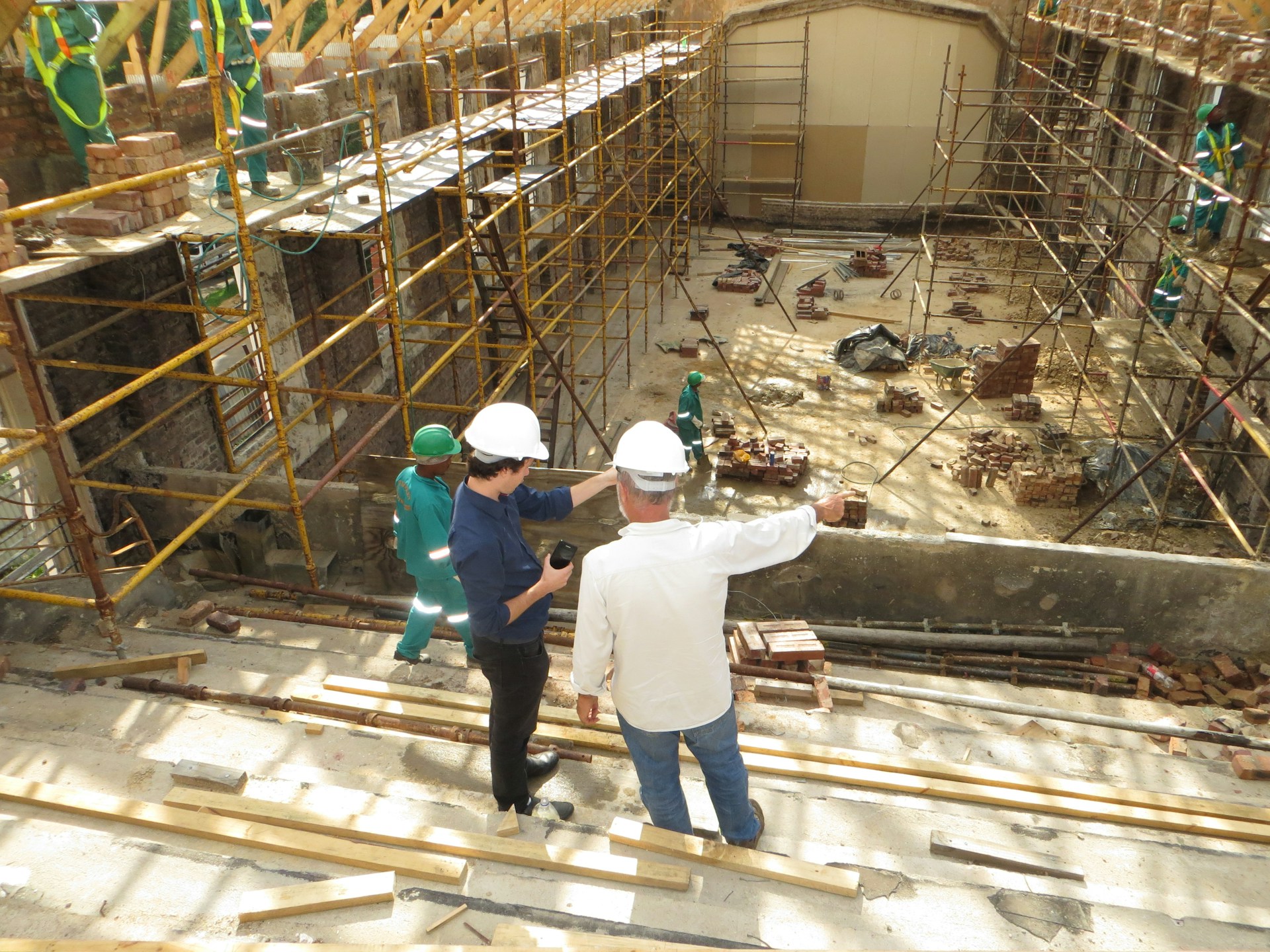What Are Latent Defects?
Latent defects can be difficult to detect by their nature. Most commonly associated with the construction industry, they’re a problem for developers and owners, often rearing their heads decades after the original build.
Latent defects can be used to refer to problems that arise in relation to the workmanship, method of construction, installation, or with the material used itself. A latent defect is by nature something often concealed and is usually an item that could not have been found via a reasonably thorough inspection. Developers, owners, and subsequent purchasers need to be familiar with these issues and understand how to best protect against allegations and defects.
Find out everything you need to know in this article, and for further support and guidance, contact Helix Law.
What Does Latent Defect Mean?
Latent means lying dormant or hidden, so a latent defect is a flaw that isn’t apparent until later, sometimes years later. In practical terms a latent defect is a defect not visible or apparent following a reasonably thorough inspection.
Compare this with routine and obvious flaws, called ‘patent defects,’ picked up during site inspections at various stages (or continuously) throughout the construction.
Construction contracts contain a defects liability period that covers patent defects, but latent defects usually don’t appear until the defects liability period is over and has expired. Latent defects typically become apparent after a significant period and sometimes only if specific events occur. Regular inspections, even many years after the building’s original construction, can help uncover them.
Numerous examples of latent defects exist in the construction and building environment. The most common ones include insufficient building foundations, structural failures in building development, and understrength materials. A most recent and well-publicised example of a latent defect appearing in the news is RAAC concrete.
How Do You Deal with Latent Defects?
Defects are most often associated with construction. Most contracts provide for a process for ‘snagging’ or remedial works during which the parties agree to remediate patent defects before practical completion. During the build phase of construction projects, it’s common for notices to pay less to be served and to require a response, perhaps with an adjudicator asked to determine such issues while the build continues.
Building contracts also usually include a defects liability period, during which the construction company or contractor must rectify problems that come to light post-completion.
The problem with latent defects is that sometimes, they don’t appear for decades.
Most construction contracts don’t refer to latent defects, and their reach stops at the end of the defects liability period. Testing for latent defects is often impossible for a new owner as it would involve demolition, so they present a challenge.
New technologies, such as Building Information Modelling (BIM), 3D scanners, and drones, allow for more forensic examination of buildings before purchase, but risk remains.
This is typically why construction contracts include items such as insurance requirements, warranties, and indemnities regarding the works being completed. Essentially, contractors have obligations to provide warranties regarding the absence of latent defects. Subsequent parties in the chain can protect themselves with latent defect insurance.
Who Is Responsible for Latent Defects?
Working out who is responsible for a latent defect can be a significant challenge, especially if a building is years old. Considering who is/was responsible for the design and build can be important. Depending on the situation, multiple parties might be involved and liable, including the building contractors, subcontractors, and others like architects and engineers.
The original owners could also be liable if there is evidence that they opted for cheaper, substandard building materials or pushed for a rushed finish date that failed to allow for proper completion and inspections.
Subsequent owners of the building may need to prove that the defect did not occur on their watch and was caused by alterations, repairs, or substandard maintenance. Avoiding liability involves proving that the latent defect occurred during construction or, at the least, before ownership.
What Is the Time Limit for a Latent Defect Claim?
The statutory liability period differs from the defects liability period, although the two are often confused.
The Defective Premises Act 1972 (DPA) imposes a duty on builders and construction companies to build in a workmanlike manner, using proper materials; this includes third-party contractors. Under the DPA, the limitation period for claims was six years.
The Building Safety Act 2022 (BSA) has extended the limitation period for claims under the DPA from six to thirty years for buildings completed before 28 June 2022 or fifteen years for buildings completed after that date.
Developers involved in projects as far back as 1993 could now face claims. The right to claim extends to those who have acquired buildings from the original owners.
The DPA originally only applied to dwellings. However, the BSA amended this to include buildings ‘consisting of or containing’ one or more dwellings. Now, the legislation covers mixed-use developments like shopping centres with residential flats.
If you are facing allegations of defects, including latent defects, it is essential to obtain advice as soon as possible. The Building Safety Act 2022 has created additional risks of extended liability periods, including for latent defects, and so allegations might need to be considered and addressed. Liability for current projects should also be reviewed so that you are clear about where you stand.
Frequently Asked Questions
What Is an Example of a Latent Defect?
RAAC concrete, a popular building material in the 1960s and 1970s, is lightweight with a ‘bubbly’ interior, like a bar of Aero chocolate. A popular choice for school construction and local authority projects, a legal debate continues on whether RAAC concrete is now at the end of its shelf life—40-50 years – or is a latent defect.
Need Advice? Contact Helix Law.
Latent defects can affect developers, subcontractors, and building owners, especially in the longer term, in light of the Building Safety Act 2022. These issues can be important to consider.
Helix Law is a firm of specialist litigation solicitors. We have a specialist construction team with particular expertise in litigating construction disputes and adjudications under standard contracts such as the JCT suite of variants. Whether you’re a building owner, employer, developer, subcontractor, or industry professional, we’d love to assist you.






